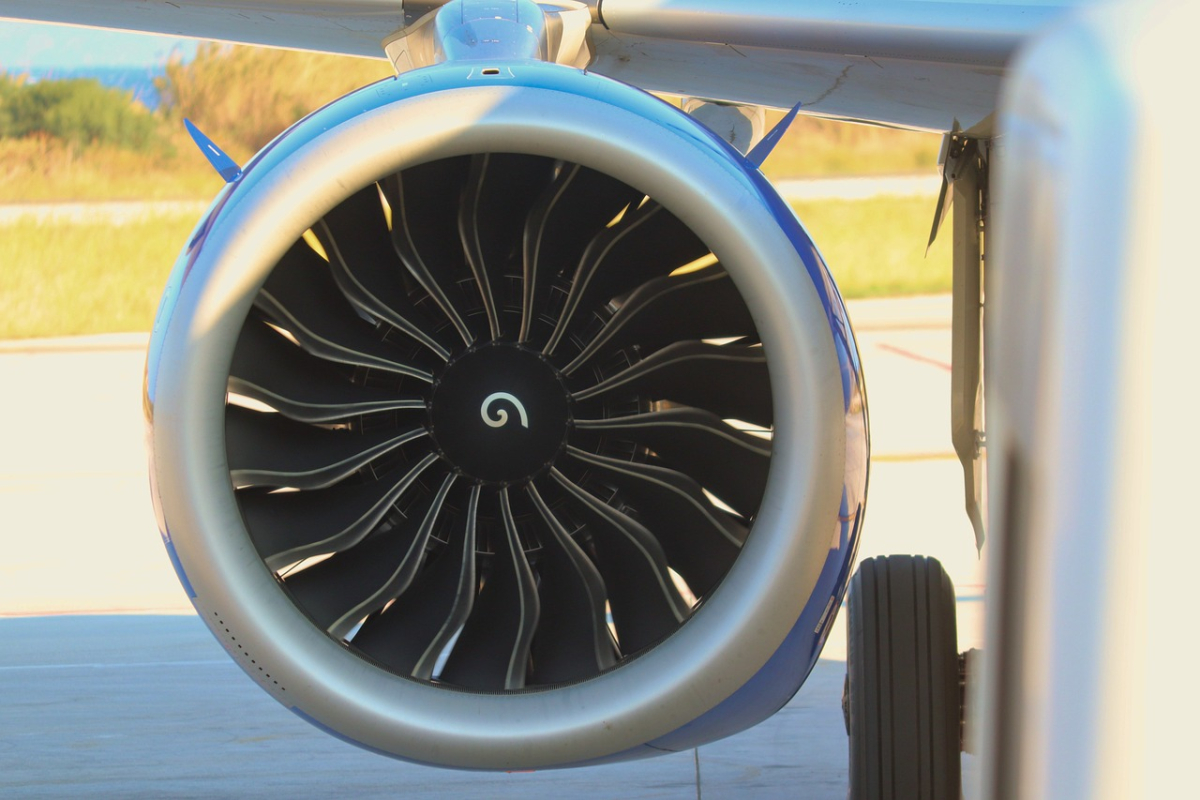The effects of technical heat treatment on distortion and residual stresses in materials
Heat treatment is a crucial process in materials engineering that significantly influences the mechanical and physical properties of metals and alloys. Two of the most common challenges in heat treatment are distortion and residual stresses, which can impair the functionality and integrity of components.

Warpage and residual stresses: an introduction
Warpage describes the undesirable change in the shape or dimensions of a workpiece during or after heat treatment. Residual stresses are internal stresses that exist in the material without external force. Both phenomena are closely linked and often result from uneven temperature gradients and phase transformations during heat treatment.
Influence of heat treatment
Temperature distribution and cooling rates
Uneven temperature distributions lead to different expansions and contractions in different areas of the workpiece. This can cause distortion. For example, areas that are heated more quickly expand more than colder areas, which leads to internal stresses. During cooling, the different areas also shrink to different degrees, which can lead to permanent distortion and residual stresses.
Phase transformations
During heat treatment, phase transformations can take place in the material, resulting in volume changes. A classic example is the martensite transformation in steels, which leads to an increase in volume. Such volume changes generate considerable residual stresses and can cause distortion if the transformation occurs unevenly in the material.
Influence of the component geometry
The geometry of the component plays a decisive role in the occurrence of distortion and residual stresses. Complex geometries with uneven wall thicknesses or sharp edges are more prone to uneven temperature distributions and phase transformations. For example, a component with thick and thin areas can shrink at different rates during cooling, resulting in considerable distortion.
Example: Turbine blades
Turbine blades in aircraft engines are highly stressed components with complex geometries. The manufacture of such blades requires precise heat treatment processes in order to minimise distortion and residual stresses. Uneven cooling can lead to deformations that have a negative impact on the aerodynamics and efficiency of the blade.
Influence of the surface quality
The surface quality of a component also influences its behaviour during heat treatment. A rough surface provides more contact surface for heat transfer processes, which can lead to uneven heating and cooling. Smooth surfaces, on the other hand, promote a more even temperature distribution and reduce the risk of distortion and residual stresses.
Countermeasures to reduce distortion and residual stresses
Controlled cooling
One of the most effective methods for minimising distortion and residual stresses is controlled cooling. This can be achieved through staged cooling processes in which the component is cooled in different phases in order to minimise temperature gradients.
Stress relief annealing
Stress relief annealing is a process in which the component is heated to a moderate temperature and held for a longer period of time in order to reduce existing residual stresses. This reduces the risk of distortion during the subsequent processing steps.
Optimising the geometry and surface treatment
Adapting the component geometry can help to minimise distortion. Temperature gradients can be reduced by ensuring uniform wall thicknesses and avoiding sharp edges. In addition, surface treatment, such as polishing, can contribute to more even heat distribution.
Simulation and process monitoring
Modern computer simulations make it possible to precisely model heat treatment processes and identify potential problem areas in advance. By continuously monitoring the process parameters during heat treatment, deviations can be recognised and corrected at an early stage.





